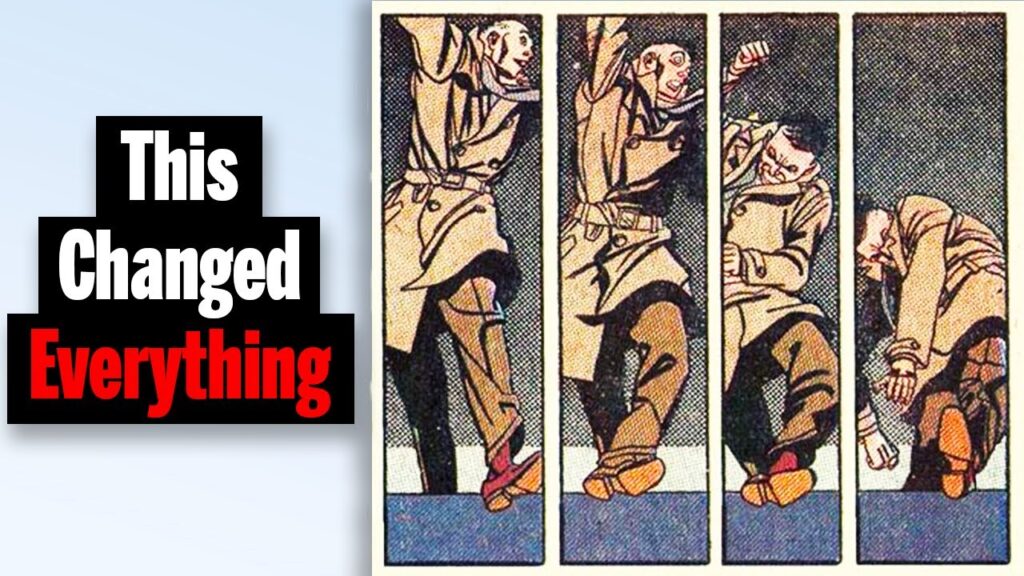If you grew up reading American comic books during the second half of the twentieth century, you’ll be familiar with the seal of the Comics Code Authority. I remember seeing it stamped onto the upper-right corner of issues of titles from The Amazing Spider-Man to reprints of Carl Barks’ Scrooge McDuck stories to Jughead Double Digest, but I can’t say I paid it much mind at the time. This was in the nineteen-nineties, by which time the Comics Code itself has lost much of its force. But back when it was created, in 1954, it had as much restrictive power over the content of comic books as the “Hays Code” once had over motion pictures.
According to the video from Youtuber matttt above, the Comics Code was implemented in response to one publisher above all: EC Comics, whose grim and graphic titles like Tales from the Crypt and The Vault of Horror made both a big impact on popular culture and a dent in the reputation of the comics industry. Closing ranks, that industry formed the Comics Code Authority to enforce a regime of self-censorship, mangling EC in its gears just as it was about to publish one of the most innovative stories in its form: “Master Race,” the tale of an ex-SS officer in modern-day New York, by an artist named Bernard Krigstein.
At its height, EC was a veritable comics factory, with a set of procedures in place that ensured the efficient production of cheap thrills — often at considerable cost to the potential of the medium. Krigstein, who’d always harbored higher artistic aspirations, chafed at these limitations, finding such workarounds as subdividing rigidly defined panel spaces into sets of sequential images, the better to convey movement and action. Nowhere did this technique prove more effective than in “Master Race,” with its practically cinematic tour de force sequence in which the haunted Carl Reissman slips under the wheels of a passing subway train.
Quality takes time, and Krigstein missed the story’s deadline just before the Comics Code went into force. “Master Race” was published a few months later, albeit in one of EC’s new, sanitized, and thus much less popular titles. The methods of visual storytelling he refined have now become standard elements of comic art, but the medium’s enthusiasts can sense how far Krigstein could have gone, if not for the frustration that ultimately caused him to abandon comics for a career as a high-school teacher: “Something tremendous could have been done,” he said, “if only they’d let me do it.” With the Comics Code long since defunct — and now that EC’s most disturbing comics look tame — content has become a free-for-all. But what artist dares to be as bold as Krigstein in pushing forward the form?
Related content:
1950s Pulp Comic Adaptations of Ray Bradbury Stories Getting Republished
Why the Short-Lived Calvin and Hobbes Is Still One of the Most Beloved & Influential Comic Strips
How Art Spiegelman Designs Comic Books: A Breakdown of His Masterpiece, Maus
Based in Seoul, Colin Marshall writes and broadcasts on cities, language, and culture. His projects include the Substack newsletter Books on Cities and the book The Stateless City: a Walk through 21st-Century Los Angeles. Follow him on Twitter at @colinmarshall or on Facebook.

